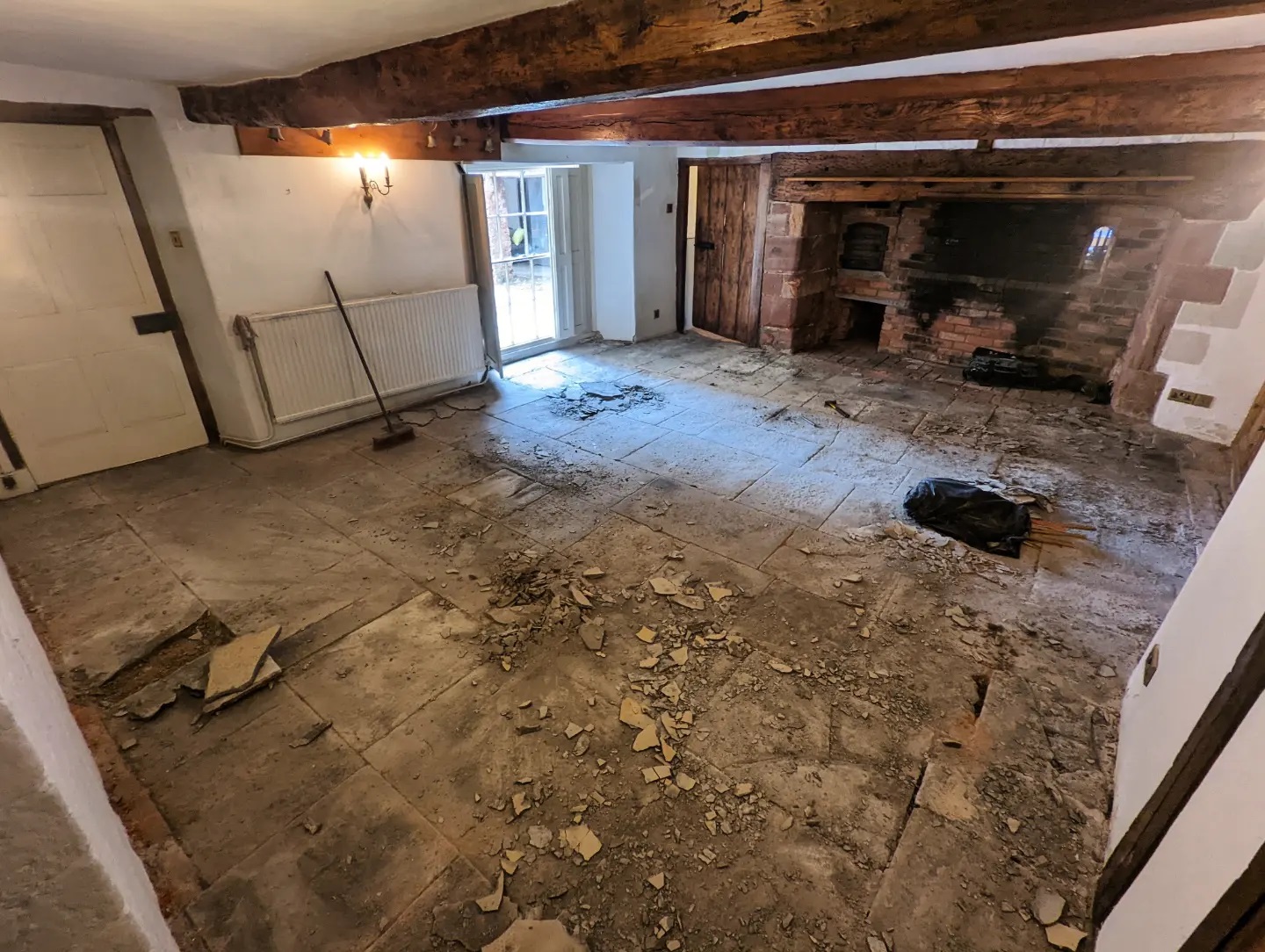A concrete patio floor is a common feature in many houses. Patios can serve a wide variety of purposes, such as family gatherings, outdoor parties, and play areas. Consequently, it is a good idea to have cover for at least part of the patio.
The impact of the weather may ruin your plants or your outdoor events. Installing an umbrella is often the easiest and most common choice to cover up an outdoor area.
What You'll Need:
- Umbrella
- Drill
- Measuring tape
- Concrete mix
- Safety equipment
Step 1 - Decide On the Cover and Size
First, settle on which area of the patio you wish to cover up. Depending on this decision, you can then decide on the size of the umbrella, Sometimes, you may need to buy more than one umbrella.
Purchase the umbrella, while making sure that you keep an eye on quality. Keep in mind that the umbrella will be exposed to weather conditions, like heavy rain and strong winds, so it should be made from heavy material.
Step 2 - Assemble the Umbrella
You need to assemble your umbrella. Sometimes the umbrella top is readily fixed to its pole, but if this is not the case, you will need to do so yourself.
Place the umbrella's top flat on the floor. Affix the loops of its points to corresponding fixtures in the inner center metallic part. Then, fix the pole in its position and decide how many extensions you need to apply, according to the height you need.
Step 3 - Make the Hole In The Concrete Floor
Now that the umbrella is ready you can prepare the hole in the floor where it will be fixed. This is not an easy task because cutting through concrete is difficult. Make sure you have a heavy-duty drill and wear appropriate safety equipment in the process. Safety glasses, gloves, and earplugs are very important. Install a concrete core bit to create a hole of approximately the same size as the umbrella pole's size.
Drill the hole to size. When you are done, insert the umbrella's pole to check how it fits. If it cannot be inserted comfortably, then, you can drill a bit further to make the hole slightly larger. In the process, spray some water onto the hole to enable the drilling to produce less dust.
Step 4 - Fix the Umbrella In Place
Once the hole in the concrete floor is the right size, tidy up the area from the dust and debris. Then, insert the umbrella's pole.
Have someone hold it for you while you fill the hole's remaining space with concrete mix. Allow it to dry well and hold it in place for as long as you can. Your umbrella should be securely and steadily fixed in the floor once it has dried up.
Source: www.DoItYourself.com











